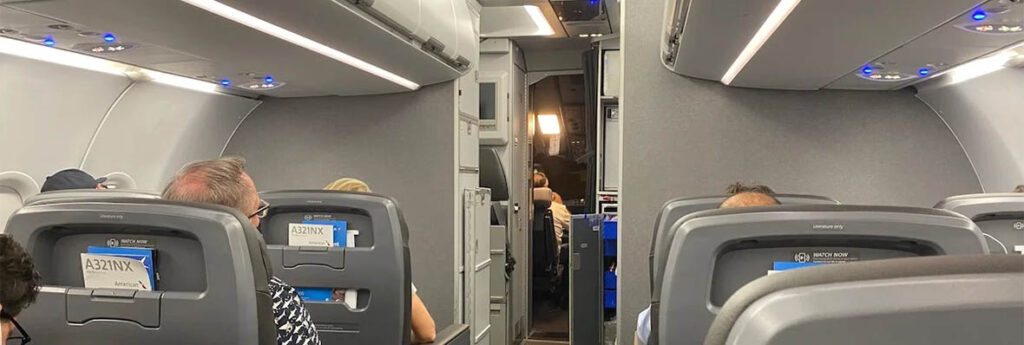The Federal Aviation Administration has proposed all new passenger jets have a second flight deck barrier door. Transportation Secretary Pete Buttigieg suggested the measure to tighten up security for pilots in the cockpit.
This is not a new idea, the FAA first issued guidance on a secondary barrier back in 2007 but successive administrations have failed to take it forward.
After 9/11, cockpit doors were reinforced, and as far as we can tell, the only cockpit breach since, occurred in January this year when it was reported that a man ran down the jetway and into the cockpit, damaging flight controls, before attempting to jump out an open window. In that instance however, the flight was on the ground and the cockpit door apparently open.
This new law is intended to address situations where one of the pilots has to leave the cockpit for whatever reason. The secondary flight deck barrier then adds another layer of protection when the cockpit door is open.
Although the flight deck door is only open momentarily during these transitions, it does create a risk of unauthorized intrusion. Flight crews often implement ad hoc solutions, using food and beverage carts or other objects as temporary secondary barriers during those times.
The new rule would mandate a secondary barrier on all newly built jets within two years.
“Flight crews keep us safe. They, too, deserve to be protected, and this rulemaking is an important step forward,” Buttigieg said.
Pilot unions called it welcome move but years overdue.
“I am pleased that the FAA has finally taken the first step toward addressing this vulnerability after years of delay—delays caused by airline opposition,” Air Line Pilots Association President Joe DePete said.
The union also wants existing jets retrofitted.
There will be 60-day public consultation period to take feedback.

